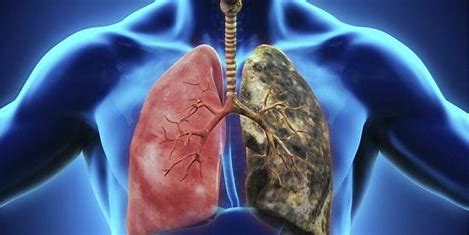Not all workplace hazards are visible. Dust, gas, fumes and
vapours that you can’t see may be harming your lungs.
During a day at work, you will breathe in almost 8000 times.
Every breath may be potentially damaging, putting you at risk of occupational
lung diseases (OLD). These are conditions of the respiratory system caused by
workplace exposure to hazardous chemicals and dusts, and include work-related
asthma, asbestos-related conditions, silicosis, and chronic obstructive
pulmonary disease (COPD).

Who is at risk?
1. Manufacturing workers: can be exposed to invisible
hazards in the air, such as fumes and dust.
2. Construction workers: are often in contact with dust from
concrete and fumes from welding.
3. Engineered stone workers: are exposed to silica dust in
all parts of their work process – from preparing and working on the slab, to
cleaning up the workplace and disposing of waste.
4. Agricultural workers: may come into contact with a range
of hazards in the air, including pesticides, chemicals and fuels.
What can you do?
Workplace Health and Safety legislation means your employer
must ensure that standards are in place to protect your lung health.
You can help by ensuring you use your PPE that is designed
for the hazardous agent you’re working with. You may need training in how to
use it, as well as undergo fit-testing.

Some recommendations:
- Quit smoking. Smoking or vaping
of any kind increases your risk of many lung diseases.
- Practise good hygiene. Wash your
hands and face before eating and drinking and put clothes in a separate wash
basket.
- Talk to your doctor. Have regular
check-ups with your doctor, even if you’re not experiencing symptoms.